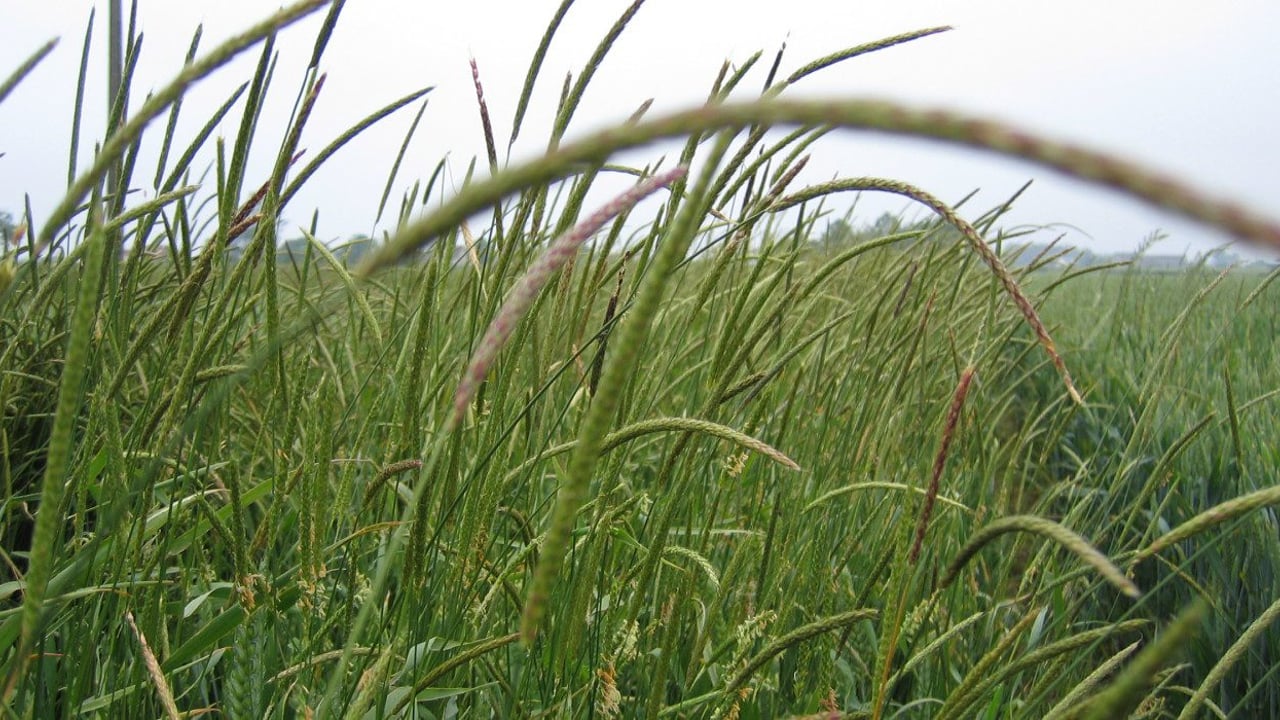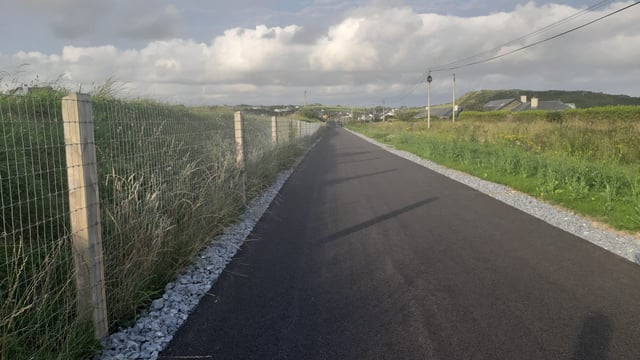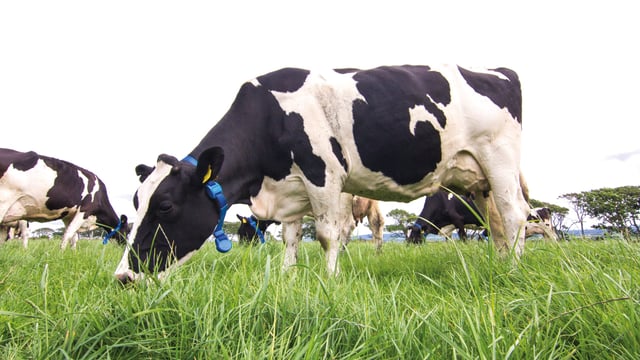Dealing with the threat of blackgrass in an Irish context
Blackgrass and other herbicide resistant grass weeds are now a reality within Irish tillage systems, according to Lemken's Derek Delahunty.
“Thankfully, the problems are not as large as those being faced by tillage farmers in the UK," he said.
“The herbicide resistant blackgrass in this country probably arrived on combine harvesters and other items of machinery imported from Britain.”
In order for farmers to deal with problems associated with herbicide resistant weeds, they need to know the extent of the challenge that exists in the first place.
“This means being able to recognise these weeds in the field at all their growth stages," Delahunty added.
The Lemken representative cites whole cropping as a means of reducing blackgrass infestations.
He continued: “It’s an option that can be considered in cereal crops that are at an advanced stage.
"Blackgrass is an annual plant. So, taking this approach can help to reduce the weed burden, assuming the crop is ensiled prior to seed set taking place within the blackgrass population that exists.
“Some blackgrass seeds may well survive this process. It’s important then to ensure that the dung in which the seeds can be found is not spread back on to tillage ground.”
Putting tillage ground back into grass is another way of controlling blackgrass.
“Cutting silage for a number of years will act to significantly reduce weed population numbers. Blackgrass is not the problem in countries like France and Germany, as is the case in the UK and Ireland," Delahunty said.
This is because farmers in continental Europe can successfully grow a number of crops on the same ground each year.
“In France, farmers will establish a cover crop as soon as they complete the annual cereal harvest, most likely in late June or early in July," he added.
“When it comes to establishing the subsequent winter cereal crops, they chop the cover crop using a front mounted machine with the drill attached to the rear of the tractor.
“This means the freshly planted grains have the immediate protection of the previous cover crop. As this organic material decays, it acts as a valuable fertiliser for the newly emerging cereal," he outlined.
Delayed planting is another blackgrass control option.
“As soon as fields are clear, following the previous harvest, growers should go in with a light harrow or tine, simply to disturb the top few centimetres of soil.
“This encourages the germination of blackgrass weed seeds that are lying close to the surface. This process provided very effective weed control options prior to planting the subsequent crop," Delahunty said.





